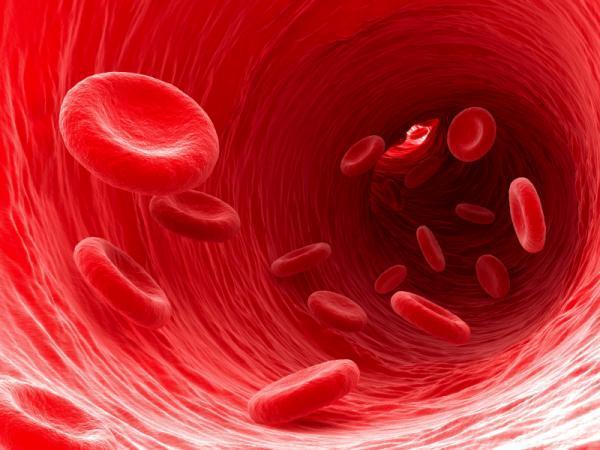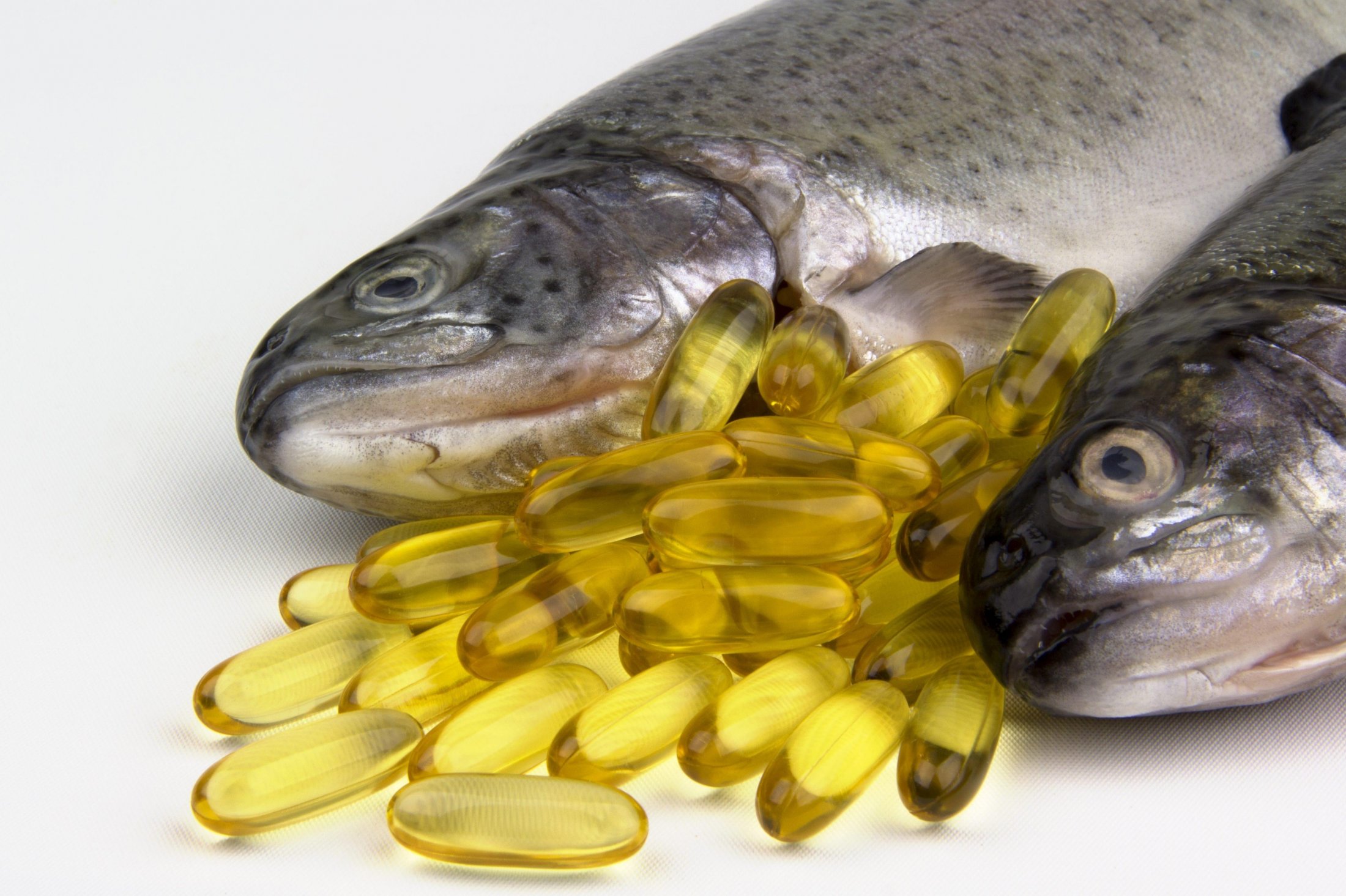In modern medicine, there are whole classes of drugs, which, after extensive research, have shown unique mechanisms of action. One of these is the essential Omega-3 polyunsaturated fatty acids (VLS), which are not synthesized in the human body, and their lack causes various physiological and biochemical disorders. Today it is a product that is so well studied that it was used to make concentrate registered as a medicine.
In 2017, scientists at the Massachusetts Hospital conducted an experiment in which it turned out that Omega-3s reduce the level of oxidative stress and inflammation by 50% caused by exposure to polluted air.
Omega-3 is a unique remedy for old age
Numerous serious studies have shown that regular consumption of omega-3 protects the heart, brain, improves eyesight. That is why in countries where cold seas and fatty fish, people rarely suffer from a heart attack, mental disorders, they have healthy joints.
It is no secret to anyone that in America, sugar consumption far exceeds acceptable standards. Therefore, fish oil is sold here everywhere, as a special remedy for adults, restoring the endothelium of vessels damaged by harmful carbohydrates.

The effect of omega-3 on the human body
Omega-3 acids, entering the human body, are absorbed by the intestinal walls, which immediately leads to a wide range of positive effects.
Since the cardiovascular system:
- improvement of the biological properties of blood (it begins to circulate better through the vessels);
- reduced likelihood of blood clots;
- improvement of the vascular wall, which prevents the development of atherosclerotic plaques.
From the nervous system:
- Omega-3 is one of the components of the brain cell membrane. Their sufficient intake in the body best influences the development of memory and the efficient processing of information;
- regular consumption of Alsocatinates improves the general psychological state of a person, thereby reducing the likelihood of depression.
From the musculoskeletal system:
- It is from PZHK Omega-3 that prostaglandins are formed that have a unique anti-inflammatory effect, which significantly reduces the risk of joint damage.
From the digestive system:
- increased insulin sensitivity by slowing the movement of food through the gastrointestinal tract. Carbohydrates are thus assimilated slowly, without creating sharp concentration peak spikes;
- improved liver function.
In addition, Omega-3 acids:
- increase the metabolic rate;
- they contribute to the reduction of body fat and muscle growth, therefore, they are used both for gaining muscle mass and for weight loss;
- a beneficial effect on the skin, making it more delicate and clean
- reduce the degree of excretion of cortisol (catabolic harmonic);
- inhibit the development of cancer cells;
- increase endurance of the body.
Omega-3 and Omega-6 in food
The only complete source of omega-3 is seafood. But the thing is that Omega-3 fats come to fish from marine plankton. That is why only that fish that is caught in the sea, and not grown on fish farms, where it is fed with mixed fodder, is useful. And the most valuable species are found in the cold northern seas.
It is better to give preference to those varieties of fish that can not be grown in artificial conditions - mackerel, herring, capelin, sprat.
Moreover, a sufficient amount of omega-3 for the body can be obtained if you use sea fish almost daily - at least 5-6 times a week. But many can not afford such a menu. Moreover, when heated, Omega-3 is destroyed, and the fish is usually fried, stewed, baked, because of which the majority of the useful acids are lost.
Therefore, to fully provide the body with essential Omega-3 fats, doctors recommend using special preparations in the form of fish oil capsules. This form is optimal because it eliminates the process of oxidation and contact with air.
Omega-6, unlike Omega-3, is found in almost all types of vegetable oils. In addition, Omega-6 contain small amounts of other products (for example, fresh vegetables), so we do not experience a shortage of these AlAA. There is no Omega-3 in corn and sunflower oils, but Omega-6 fats are very abundant in them. Also excellent sources of the latter are seeds and nuts.
Omega-3 and Omega-6 ratio
Metabolites of omega-6 acids, compared with omega-3, can significantly increase the risk of inflammatory reactions (especially for Arachidonic acid). Therefore, their consumption should correspond to certain proportions. The optimal ratio of omega-3 to omega-6 from 1: 1 to 1: 4-6, respectively.
Omega-3 daily need for human health:
- for maintaining health and the necessary level of cholesterol - from 1 to 1.5 g;
- when playing sports and for the growth of muscle mass - from 2 to 3 g;
- while losing weight - from 3 to 4 g.
The break between Omega-3 techniques is optional.
Is high temperature dangerous for omega-3?
Most of us know firsthand about the benefits of flaxseed oil, rich in Omega-3 and Omega-6 fatty acids. But it is very important to take into account the fact that they are subject to rapid oxidation, and especially when heated and interact with air. A large number of free radicals formed has a negative reaction to the human body. In the end, instead of the expected benefits, flaxseed oil can do much more harm. It is not only categorically contraindicated to fry, but even stored in the refrigerator for more than 30 days after opening is highly undesirable.
Conclusion
Adequate consumption of Omega-3 from products and as an additional supplement in the form of capsules, in fact, reduces the biological age of a person. This is a significant contribution to a conscious, meaningful, active and long life.


























































